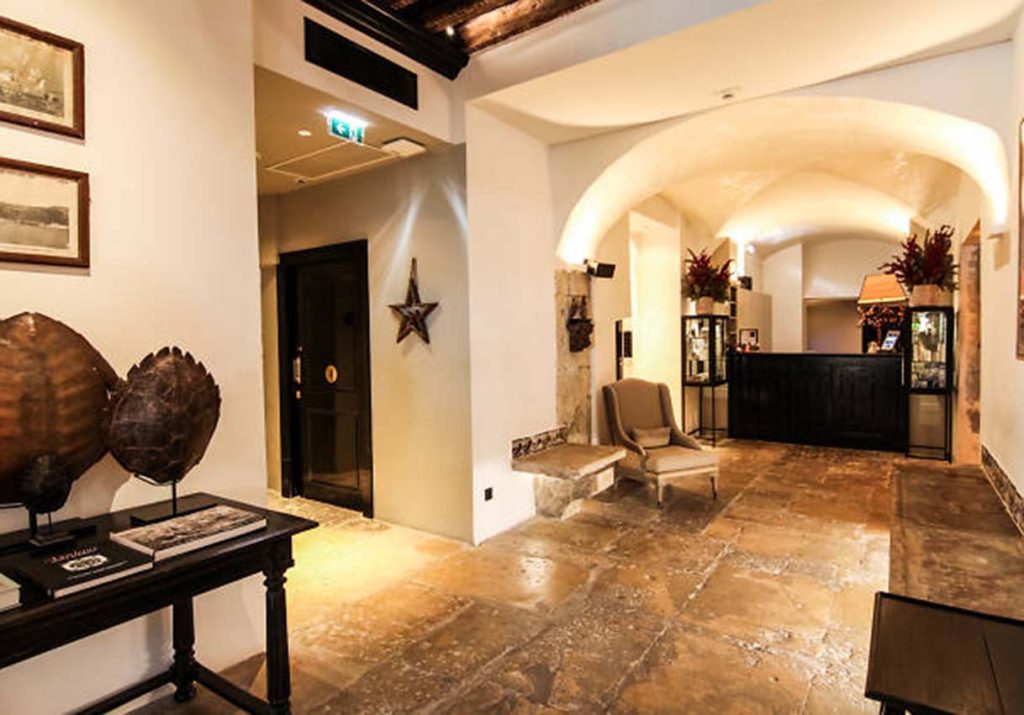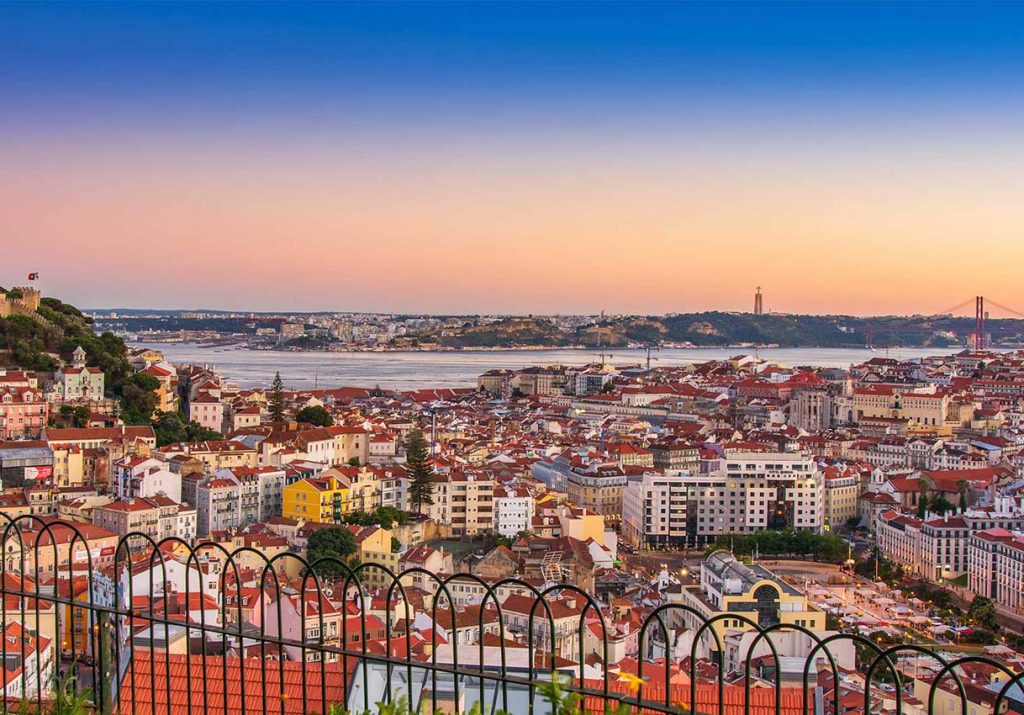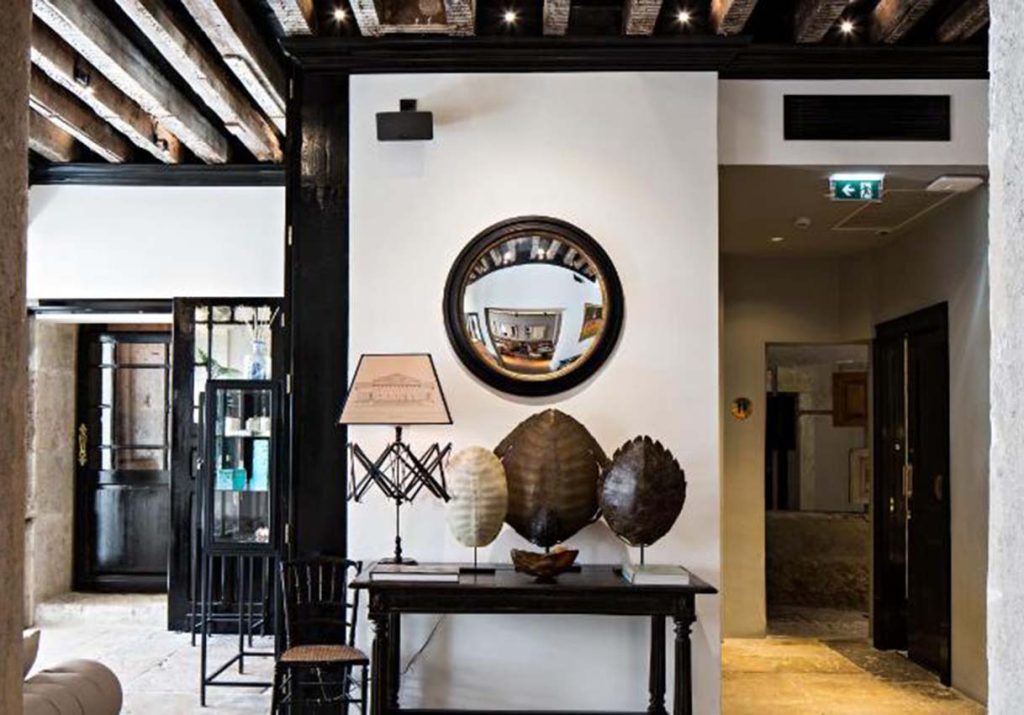Lisbon, the capital city of Portugal, is a destination that has been growing in popularity among travelers in recent years. Known for its historic architecture, vibrant culture, and delicious cuisine, Lisbon has something to offer everyone. Whether you are traveling for business or pleasure, a hotel stay in Lisbon is a great choice. In this article, we will explore why staying in a hotel in Lisbon is a great idea, and provide tips on what to do, eat, and how to get around in this beautiful city.
What is the weather in Lisbon?
Lisbon enjoys a Mediterranean climate, with mild winters and warm summers. The best time to visit is between April and October, when the weather is warm and sunny. During the summer months, temperatures can reach up to 30°C (86°F), so it is recommended to pack light clothing and sunscreen. In the winter months, temperatures rarely drop below 10°C (50°F), so it is still a great time to visit Lisbon.
What to do in Lisbon?
Lisbon is a city with a rich history and culture, and there are plenty of things to see and do. Here are some of the top attractions to visit:
- Belem Tower: This iconic tower is one of the most recognizable landmarks in Lisbon. It was built in the 16th century to protect the city from invaders and is now a UNESCO World Heritage site.
- Castelo de Sao Jorge: This medieval castle is located in the historic Alfama district and offers stunning views of the city. It also features a museum showcasing the history of Lisbon.
- Jeronimos Monastery: Another UNESCO World Heritage site, this 16th-century monastery is a stunning example of Manueline architecture.
- Tram 28: Take a ride on one of Lisbon’s historic trams, which have been operating since the early 20th century. The Tram 28 route takes you through some of the city’s most historic neighborhoods.
- Lisbon Oceanarium: This impressive aquarium is home to a wide variety of marine life, including sharks, rays, and sea turtles.

What to eat in Lisbon?
Lisbon is a food lover’s paradise, with a diverse range of cuisine to suit all tastes. Here are some must-try dishes:
- Pastel de nata: This delicious custard tart is a Portuguese specialty, and the most famous place to try it is at the historic Pasteis de Belem bakery.
- Bacalhau: Portugal’s national dish is made with salted cod and is a staple of Portuguese cuisine. There are countless ways to prepare bacalhau, so it’s worth trying it in different restaurants to find your favorite.
- Grilled sardines: Sardines are a popular seafood in Lisbon, and are often grilled and served with potatoes and a salad.
- Caldo verde: This traditional soup is made with kale, potatoes, and chourico sausage and is perfect for a cold winter day.
- Bifana: This simple sandwich is made with thinly sliced pork and is a popular lunchtime snack in Lisbon.
How to get to Lisbon?
Lisbon is easily accessible by plane, with its international airport located just 7 kilometers (4 miles) from the city center. There are also regular train and bus connections to Lisbon from other major cities in Portugal, as well as Spain.

What kind of transportation does Lisbon offer?
Lisbon has a well-developed public transportation system that includes buses, trams, and a metro system. The metro system is the easiest and most efficient way to get around the city, with four lines that cover the entire city. The historic trams are also a great way to explore the city’s historicneighborhoods, such as the famous Tram 28 that winds through the narrow streets of Alfama.
Funiculars are another unique mode of transportation in Lisbon, such as the popular Elevador de Santa Justa, which connects Baixa with Largo do Carmo. The ride offers stunning views of the city and the River Tagus. The Elevador da Glória and the Elevador da Bica are two other funiculars worth checking out.
For those who prefer a more active way of getting around, Lisbon has an extensive bike-sharing system called Gira. The bikes are available 24/7, and there are numerous bike stations throughout the city. Lisbon is a hilly city, but with a bit of effort, cycling is an excellent way to explore the city.
Finally, taxis and Ubers are widely available in Lisbon, and they are relatively inexpensive compared to other major European cities. Taxis are readily available at taxi stands throughout the city or can be hailed on the street.
In conclusion, Lisbon offers a wide range of transportation options for visitors to explore the city. From historic trams and funiculars to modern bike-sharing systems and ride-sharing services, getting around Lisbon is easy and enjoyable. So, whether you’re exploring the winding streets of Alfama, visiting historic landmarks such as Belem Tower, or enjoying the beaches of Cascais, Lisbon has a transportation option that suits your needs.






